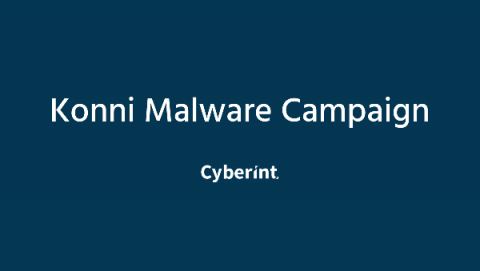Stories from the SOC- RIG Exploit Kit
AT&T Alien Labs® Open Threat Exchange® (OTX) recently created a pulse for a new threat entitled the RIG Exploit Kit which had been observed distributing ransomware to victim companies across a variety of industry verticals. This exploit was discovered by BroadAnalysis who outlined the exploit’s intricacies in a whitepaper that was released December 2, 2019.





